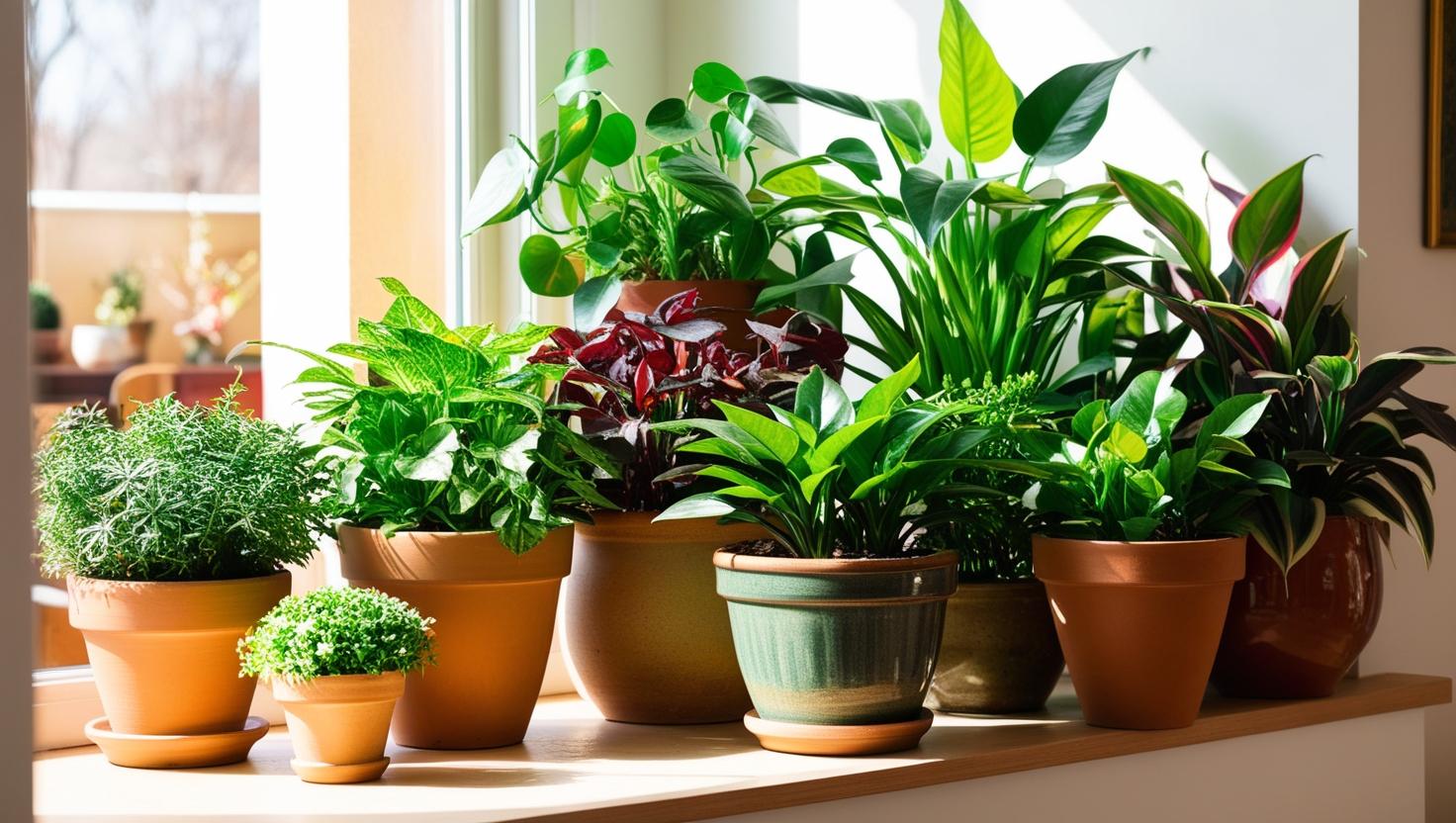
Image by fotografierende from Pixabay
Winter is the perfect time to cozy up with a good book. I find myself bouncing between actual books and my trusty Kindle Fire. There’s just something about having options! Here are a few of the books I’m diving into this season and why I think you’ll love them too.

Christmas at Silver Falls by Jenny Hale
I’m still finishing up this delightful paperback from my holiday reading. If you’re looking for a sweet, fast read that feels like a Hallmark movie, I highly recommend Christmas at Silver Falls. Jenny Hale has a knack for capturing the magic of Christmas.
The story follows Scarlett Bailey, who has always spent Christmas at her grandparents’ inn at Silver Falls. This year, it might be their last Christmas there, as her family feels her grandma can’t handle running the inn alone anymore. Scarlett hopes for a miracle and maybe some help from Charlie Bryant, a property developer in town. Sparks fly, and it’s the kind of heartwarming tale that makes you believe in holiday miracles. If you’re a sucker for romance and holiday cheer, this book is a must-read.

Murder in Wacky Florida (The Ghost & Camper Kooky Mystery Book 5) by Rita Moreau
For a fun and entertaining mystery, Murder in Wacky Florida has been a joy. This is the fifth book in a series of six, and I’ve been loving every minute of it. If you enjoy kooky mysteries with a twist, you’ll adore Mabel and Irma.
The story features Mabel Gold, a feisty 60-something woman, and a spirited ghost, Irma, as they solve a murder. After driving across the country in an F-150 with a vintage camper in tow, Mabel proves she’s still got it. Whether it’s her Brooklyn smarts or sheer wacky-ness from her new Florida life, she’s ready for anything. It’s a short read, perfect for an airplane flight, and it’ll keep you laughing and guessing until the end.

Millionaire Mindset For Women: Eight Essential Elements to Greater Wealth by May Li
Every morning on the way to drop Santiago off at work, I’ve been diving into Millionaire Mindset For Women by May Li. This book is the perfect morning motivation to kickstart my day on the right foot.
Dr. May Li shares her journey of overcoming limiting beliefs to achieve financial success. Through interviews with millionaires, investing in programs, and applying her knowledge, she discovered that mindset is everything. This book is empowering, practical, and filled with insights that inspire women to chase their multimillionaire dreams. It’s a great read if you’re looking for a boost in financial confidence and a shift in your money mindset.

Vampire Killer: A Terrifying True Story of Psychosis, Mutilation, and Murder by Ryan Green
I always have a true crime book close by, and right now, it’s Vampire Killer by Ryan Green. This gripping account of Richard Chase is one of the most gruesome true crime stories in California’s history.
Ryan Green’s narrative pulls you into the horror experienced by the victims, making it a read you won’t be able to put down. It’s got all the elements of a classic thriller and is perfect for anyone who loves true crime. If you’re into chilling, real-life stories, this book is right up your alley.
Related: January Is for Lists: How I’m Planning My Year Without Overwhelm
So, there you have it! My winter reading list is a mix of holiday cheer, mystery, motivation, and true crime. Whether you’re looking for something heartwarming, funny, inspiring, or downright chilling, there’s something here for you. Happy reading!
Lisa Crow contributed to this article. She is a true crime junkie and lifestyle blogger based in Waco, Texas. Lisa is the Head of Content at Gigi’s Ramblings and Southern Bred True Crime Junkie. She spends her free time traveling when she can and making memories with her large family which consists of six children and fifteen grandchildren.
This website may contain affiliate links, including links to products on Amazon. As an Amazon Affiliate, I earn from qualifying purchases. This does not affect your purchase price but helps support the site at no additional cost to you. Thank you for your support!











